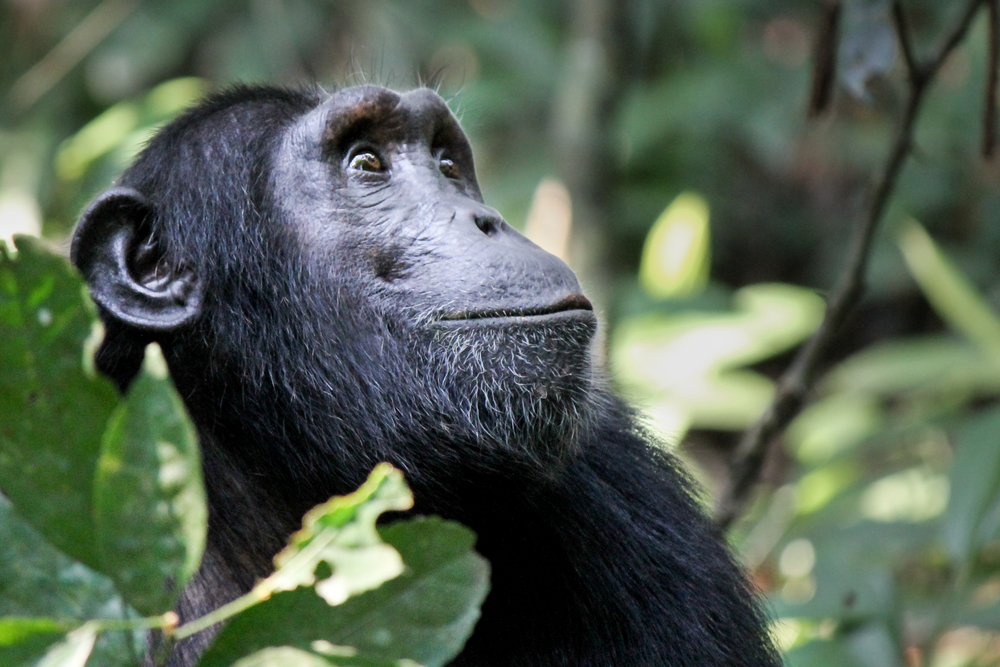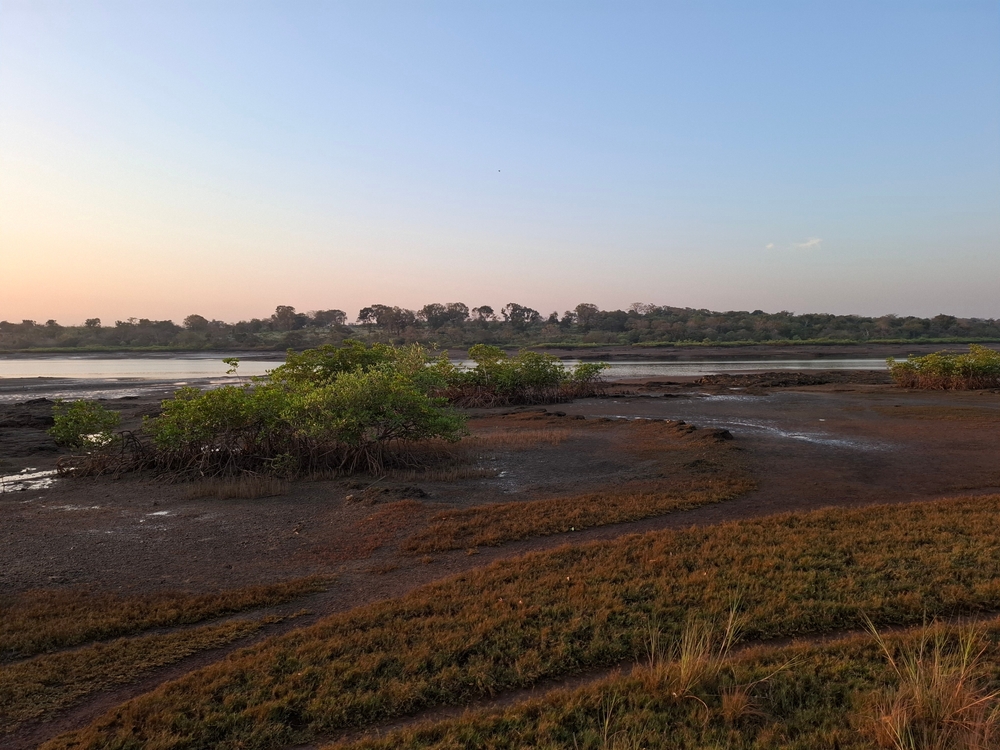Orango Overview
Orango National Park, locally known as “Parque Nacional de Orango”, is one of Guinea-Bissau’s most captivating conservation areas, located in the Bijagós Archipelago. Established in 2000, the park spans approximately 1,582 square kilometers (611 square miles) and encompasses both terrestrial and marine ecosystems. Orango’s rich biodiversity, cultural heritage, and unique ecological features make it a significant part of the UNESCO Biosphere Reserve of the Bijagós Archipelago.
The terrain of Orango National Park is characterized by a mix of islands, mangroves, savannas, and coastal wetlands. Its islands, including Orango Grande, form the heart of the park and are surrounded by shallow waters, tidal flats, and sandy beaches. The mangroves provide vital habitats for numerous species, while the grassy savannas and forest patches create a diverse and visually striking landscape. The tidal movements in this area are among the largest in West Africa, significantly influencing the park’s ecosystems.
Orango is renowned for its population of West African manatees and green sea turtles. These endangered species find sanctuary in the park’s protected waters. Other notable wildlife includes saltwater hippopotamuses, which are uniquely adapted to the park’s coastal environment, and a variety of primates, including colobus and vervet monkeys. The park’s birdlife is equally remarkable, with species such as herons, egrets, and flamingos frequenting the wetlands. Marine biodiversity is rich, with dolphins, sharks, and fish thriving in the surrounding waters.
Visitors to Orango National Park can engage in a range of activities that highlight its natural and cultural treasures. Guided tours offer opportunities to observe manatees, turtles, and hippos in their natural habitats. Boat excursions allow visitors to explore the mangroves and tidal flats, while birdwatching enthusiasts can enjoy the vibrant avian diversity. The park also offers unique cultural experiences, as it is home to the Bijagós people, who maintain traditional practices and a deep spiritual connection to the land and sea. Visitors can learn about their sustainable use of resources and participate in community-led initiatives.
Despite its ecological and cultural significance, Orango National Park faces challenges such as habitat degradation, illegal fishing, and the impacts of climate change on its marine and terrestrial ecosystems. Conservation efforts led by Guinea-Bissau’s Institute for Biodiversity and Protected Areas (IBAP) include protecting nesting sites for turtles, regulating fishing practices, and involving local communities in conservation programs. These efforts aim to balance ecological preservation with sustainable livelihoods for the park’s inhabitants.
Orango National Park is a jewel of Guinea-Bissau’s natural and cultural heritage. Its unique landscapes, diverse wildlife, and deep cultural connections make it a must-visit destination for eco-tourists. Protecting this park ensures the survival of its ecosystems and reinforces Guinea-Bissau’s commitment to global biodiversity conservation.














































































